A Practical Guide to Removing Limescale from Any Appliance

A Practical Guide to Removing Limescale from Any Appliance
Is hard water buildup slowing down your appliances and increasing your energy bills? If you live in a hard water area, the answer is likely yes. That chalky, white residue you see inside your kettle is limescale, and it can cause significant problems for the appliances you rely on every day.
Limescale is a deposit of calcium carbonate and other minerals that remain when hard water evaporates. While harmless to our health, it is a major cause of poor appliance performance. It coats heating elements, forcing them to work harder and use more energy. Over time, it can lead to blockages, reduced efficiency, and costly breakdowns.
This guide will provide you with everything you need to know. We will cover step-by-step instructions for removing limescale from your key appliances and tips on how to prevent it from returning, all using one effective solution.
Step-by-Step Limescale Removal Guides
Tackling limescale, grease, and hidden grime is simple with a dedicated cleaner. For the best results in washing machines and dishwashers, a 3-in-1 powder works to remove mineral buildup while also degreasing and sanitising the machine. This ensures a truly deep clean that reaches all the internal pipework.
How to Deep Clean Your Washing Machine
- Ensure the washing machine drum is completely empty. Do not add any laundry or other detergents.
- Take one sachet of the 3-in-1 cleaner and pour the entire contents into the empty washing machine drum.
- Select a normal washing cycle and set the temperature to 60°C. Do not use a pre-wash option.
- Run the full cycle. The powder will dissolve and circulate, breaking down limescale and grease from the drum, pipes, and heating element.
How to Deep Clean Your Dishwasher
- Make sure the dishwasher is completely empty. Do not add any crockery or dishwasher detergent.
- Pour the entire contents of one 3-in-1 sachet into the bottom of the dishwasher.
- Select a normal or intensive wash cycle with a temperature of at least 60°C.
- Run the full cycle. This will allow the powerful product to clean the filter, spray arms, and internal pipes, restoring performance.
Before & After: The Visual Proof
Seeing the difference descaling makes is the best way to understand its importance. An appliance heating element caked in a thick, white layer of limescale has to work much harder to heat the water around it. After a thorough descaling, the element is clean and metallic again, allowing it to transfer heat efficiently. This simple action directly translates into lower energy consumption and better performance.
The Best Defence: How to Prevent Limescale Buildup
Stopping limescale before it becomes a major issue is the most effective strategy for long-term appliance maintenance. While DIY methods like vinegar can help with very light, visible issues in kettles, they lack the power to tackle the hidden buildup in complex appliances.
A professional formula is designed not only to remove existing limescale but also to degrease and hygienically clean the parts you cannot see. This complete approach is the key to preventing future problems.
- Regular Maintenance Cleans: Don't wait for the problem to become visible. Perform a maintenance clean on your washing machine and dishwasher every single month.
- Use a Quality Cleaner: Using a dedicated 3-in-1 descaler is the most reliable way to protect your investment. It keeps appliances running at peak efficiency and prevents the bad odours caused by residue buildup.
Conclusion & FAQs
Regular descaling is one of the most important parts of appliance maintenance. It saves you money on energy bills, improves performance, and extends the life of the machines you depend on. By following a simple monthly cleaning schedule, you can keep your appliances in top condition.
Frequently Asked Questions
How often should I deep clean my washing machine?
For best results and to keep your machine protected, you should run a maintenance clean with a 3-in-1 cleaner every month.
Is limescale harmful?
Limescale itself is not harmful to you, but it is very harmful to the health and efficiency of your appliances. It can also lead to your clothes appearing dull and dingy.
Why use a 3-in-1 cleaner instead of just a descaler?
Your appliances also suffer from a buildup of grease, old detergent, and other residues which can cause bad smells. A 3-in-1 product tackles all these issues at once, providing a complete hygienic clean that a simple descaler cannot.
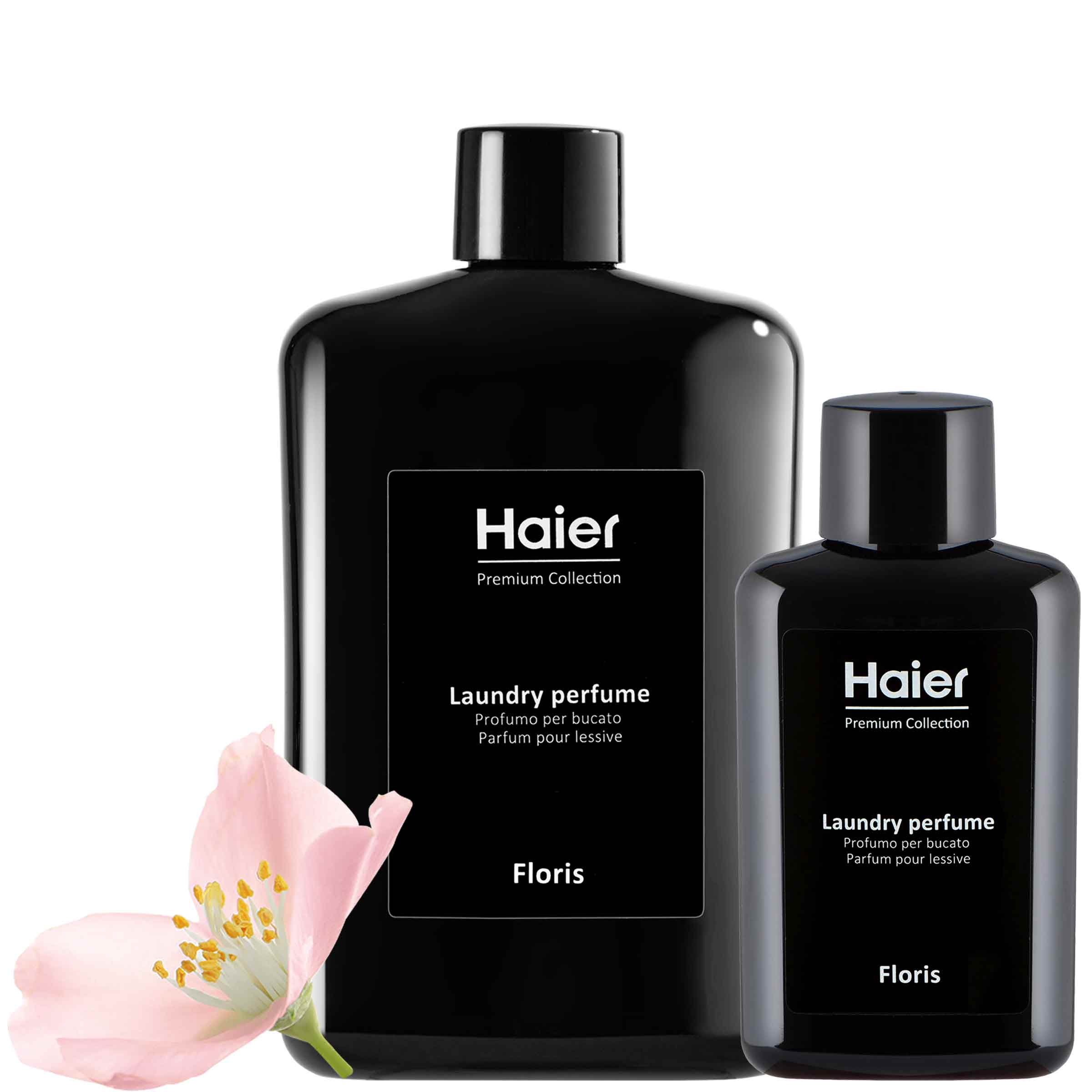
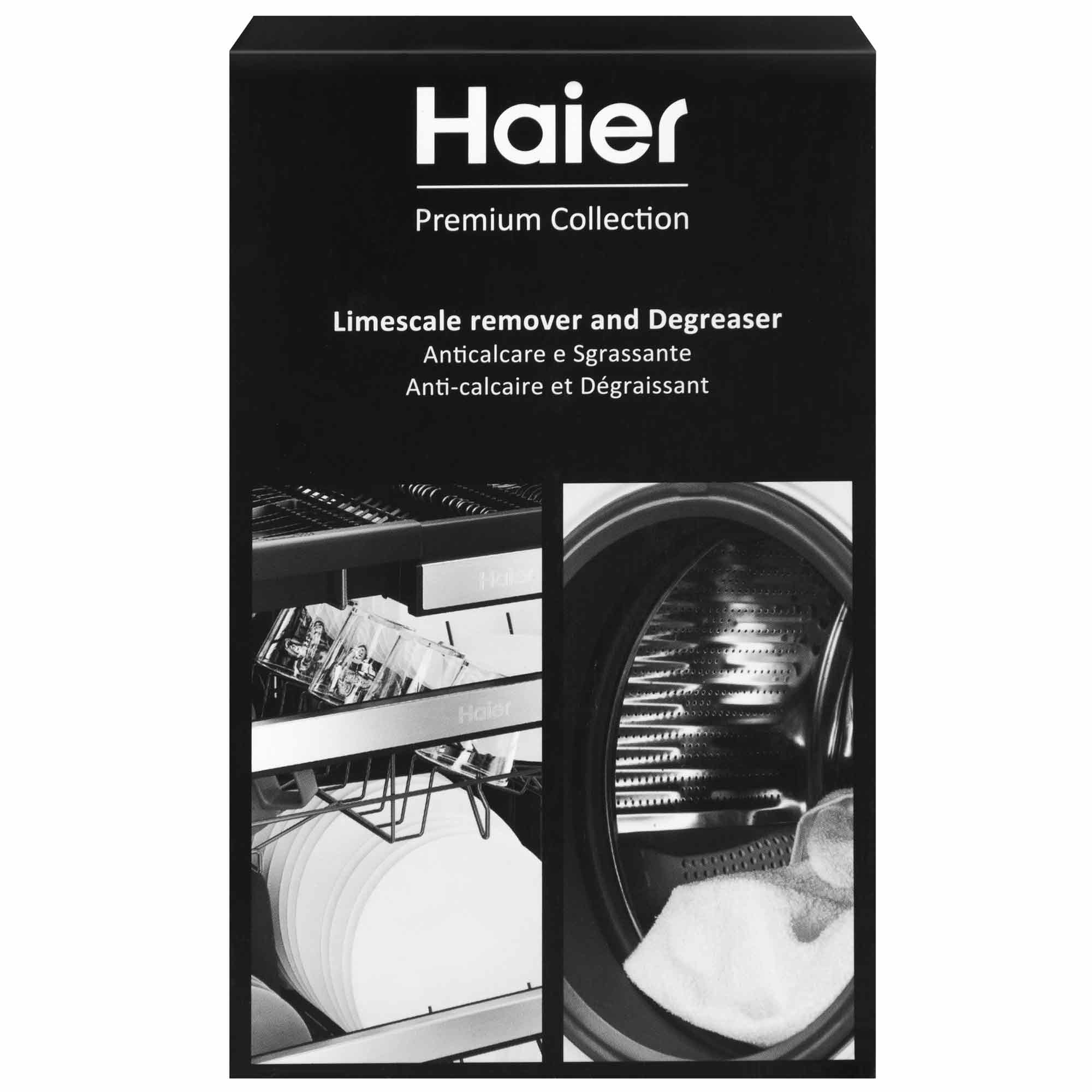
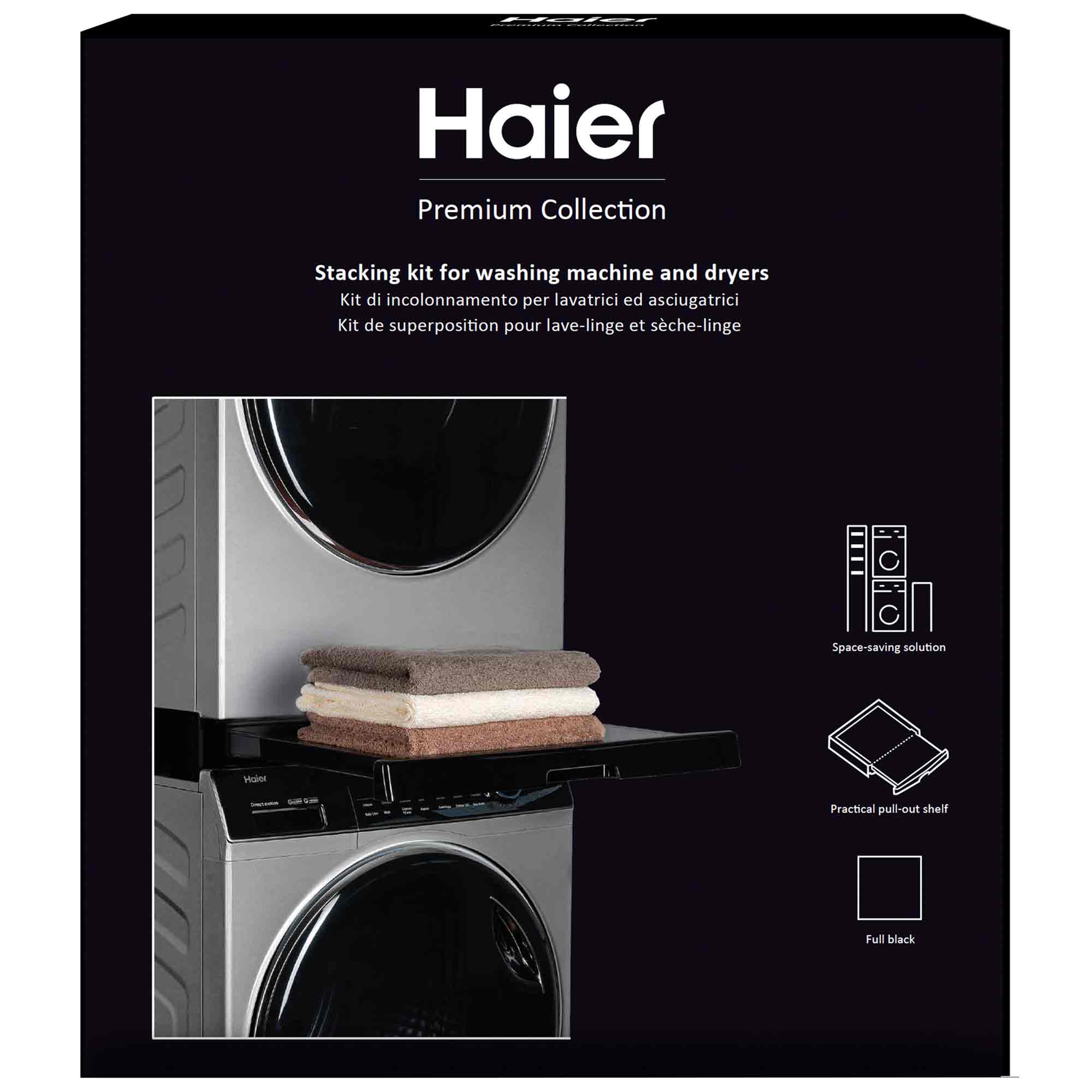
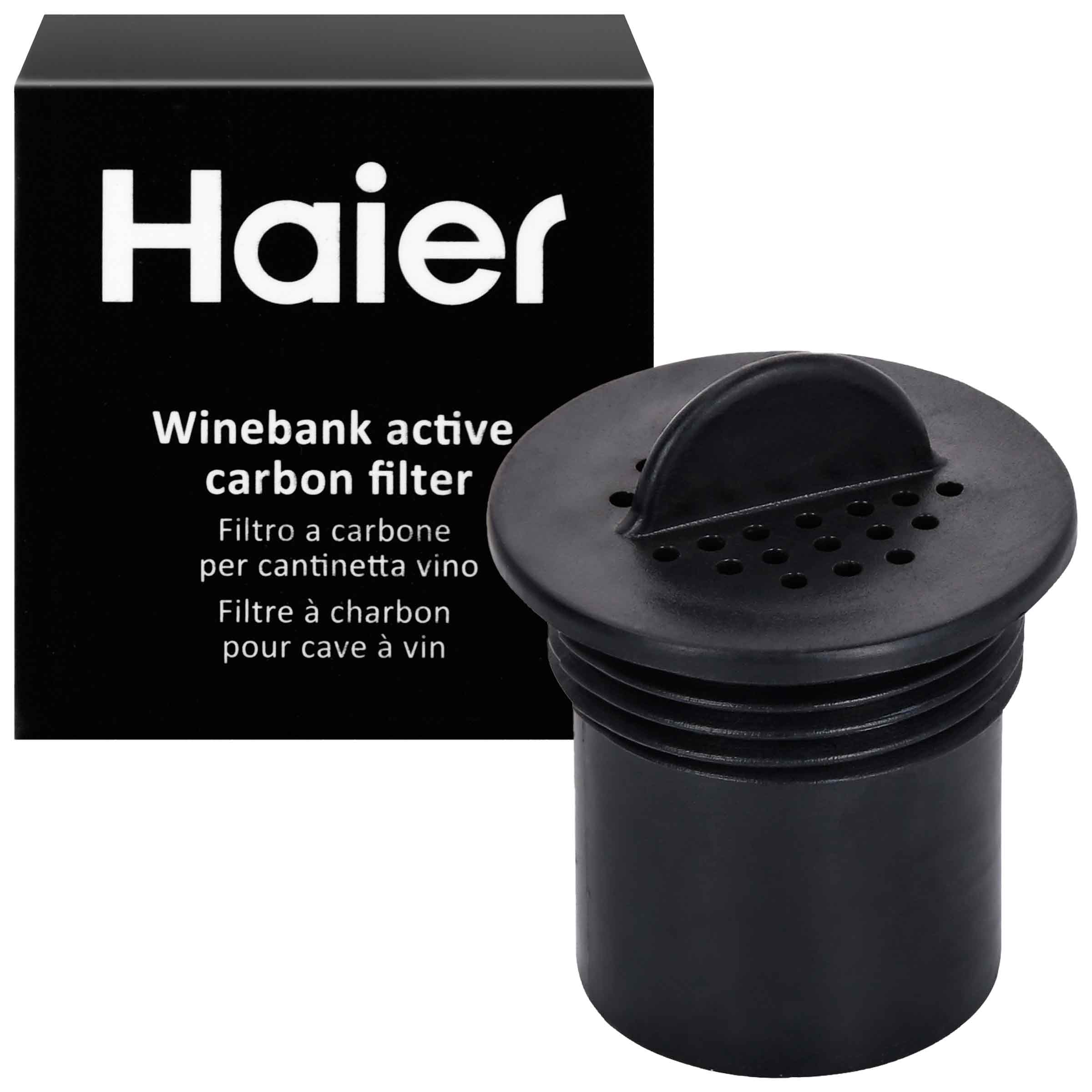
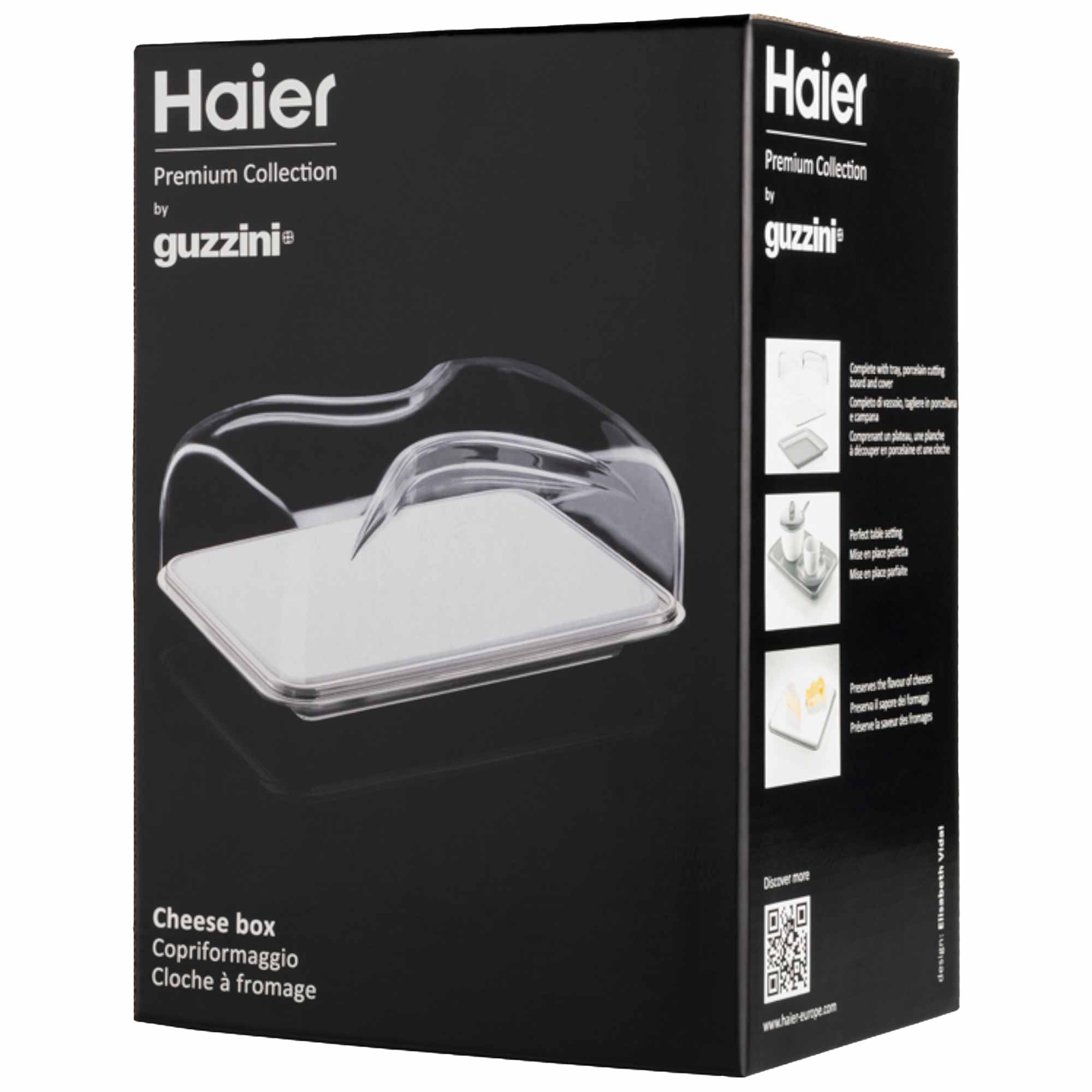
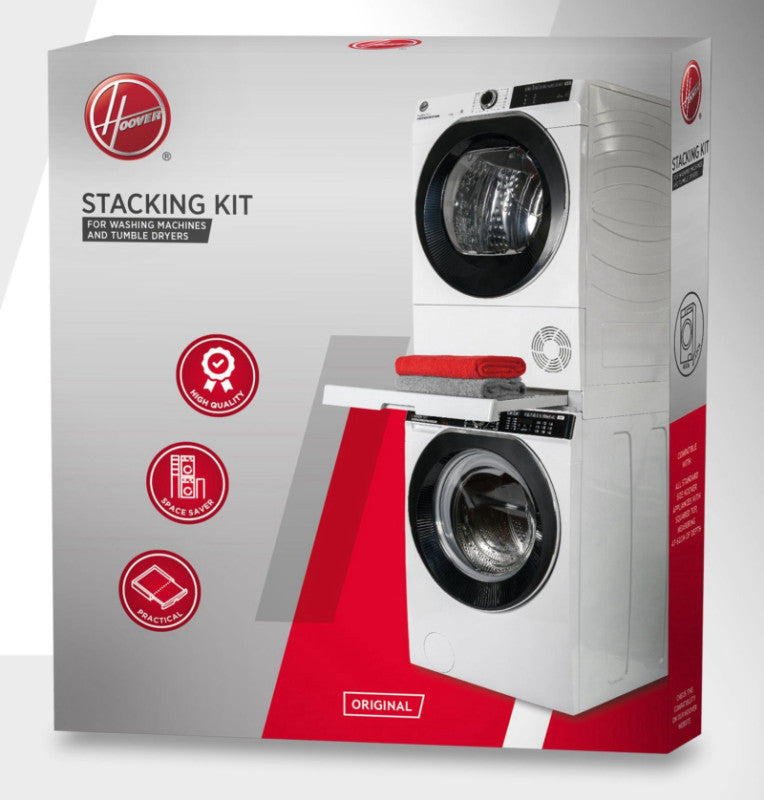
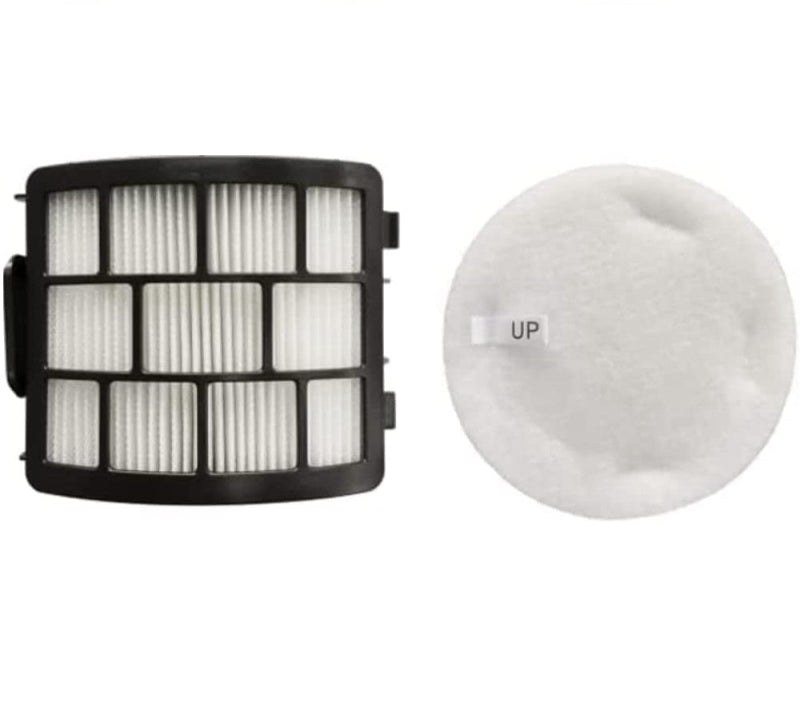
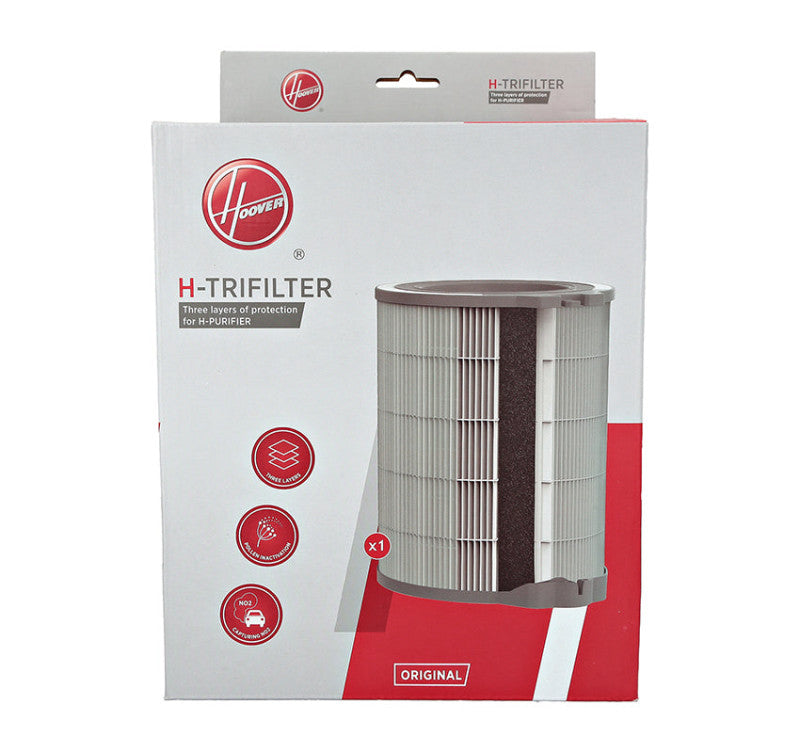
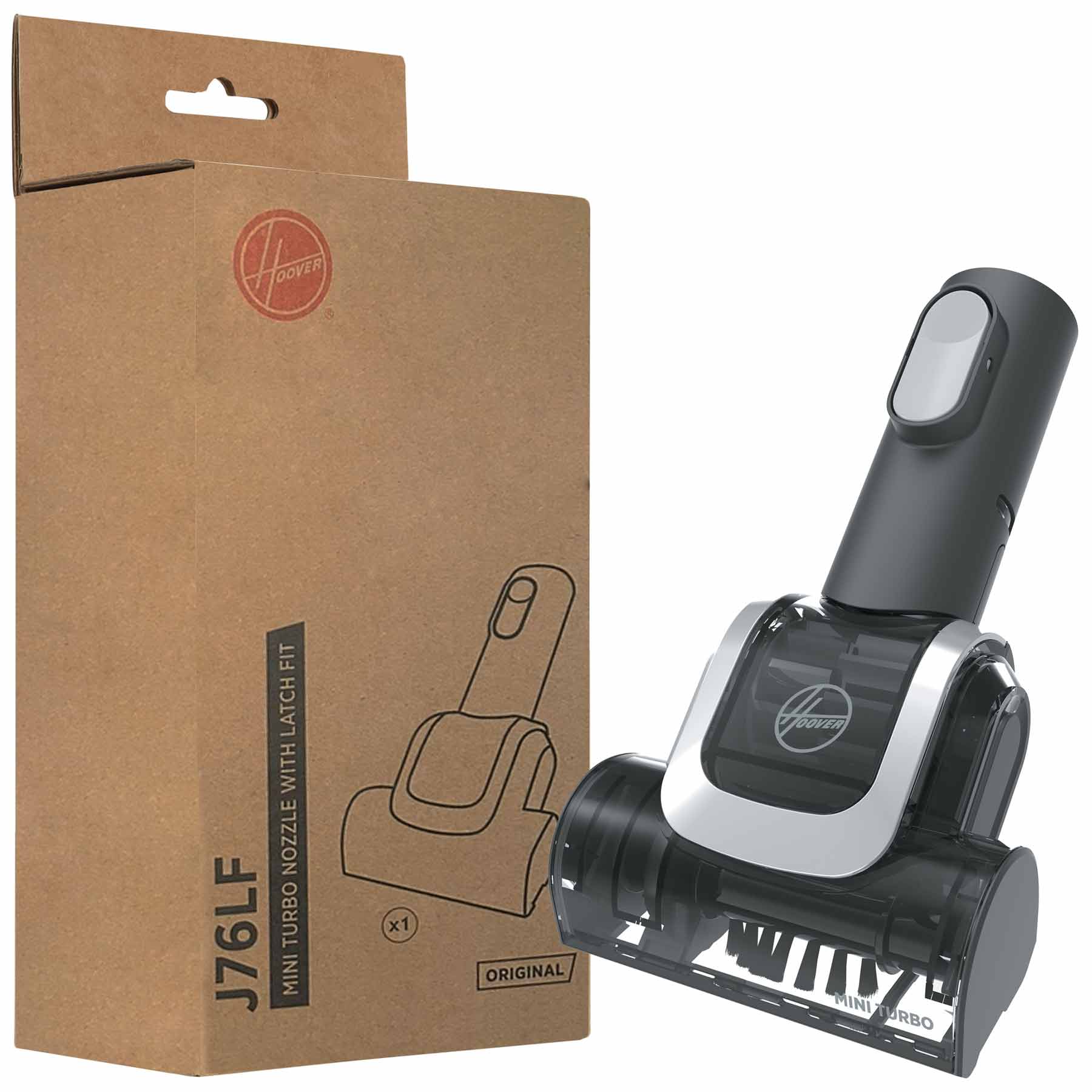

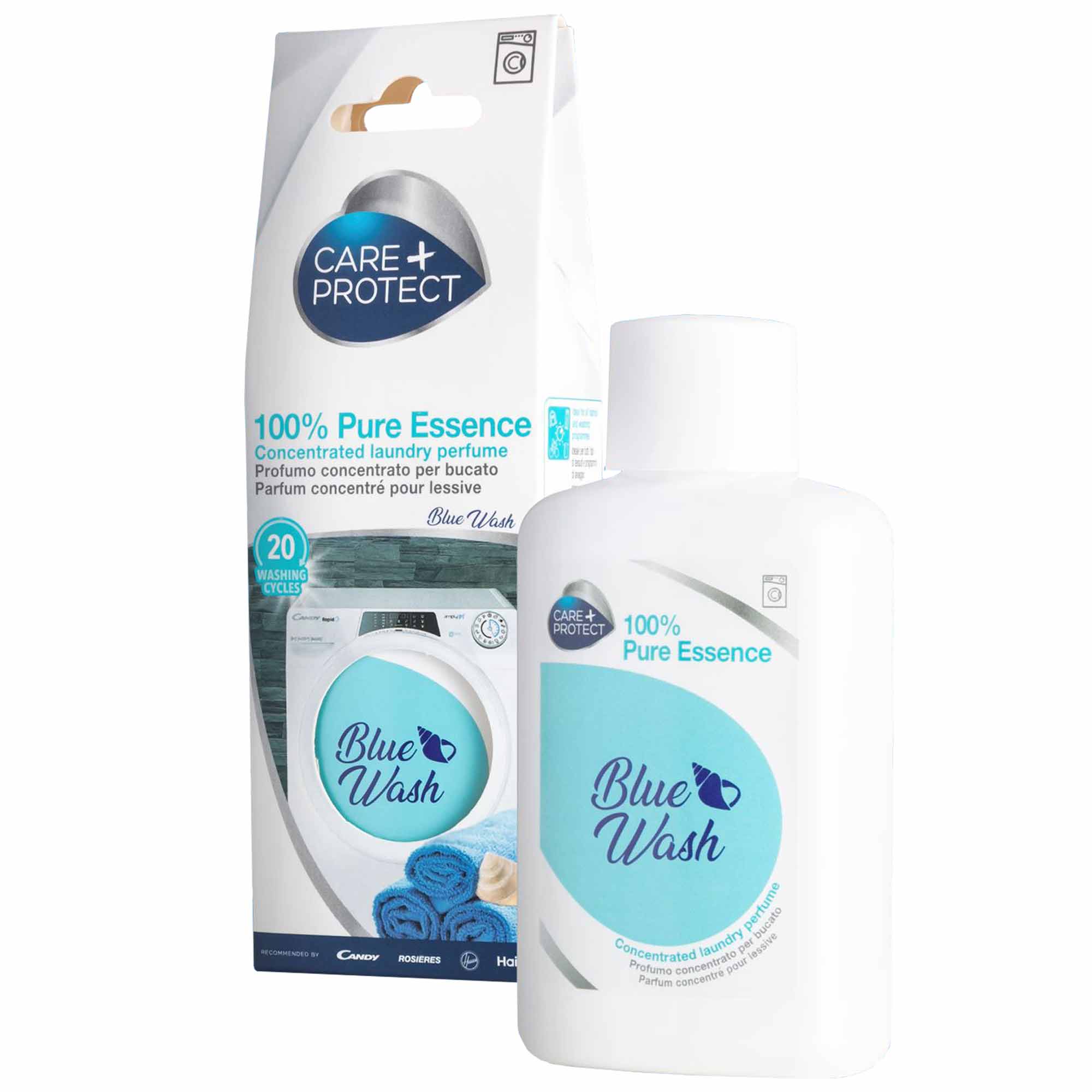
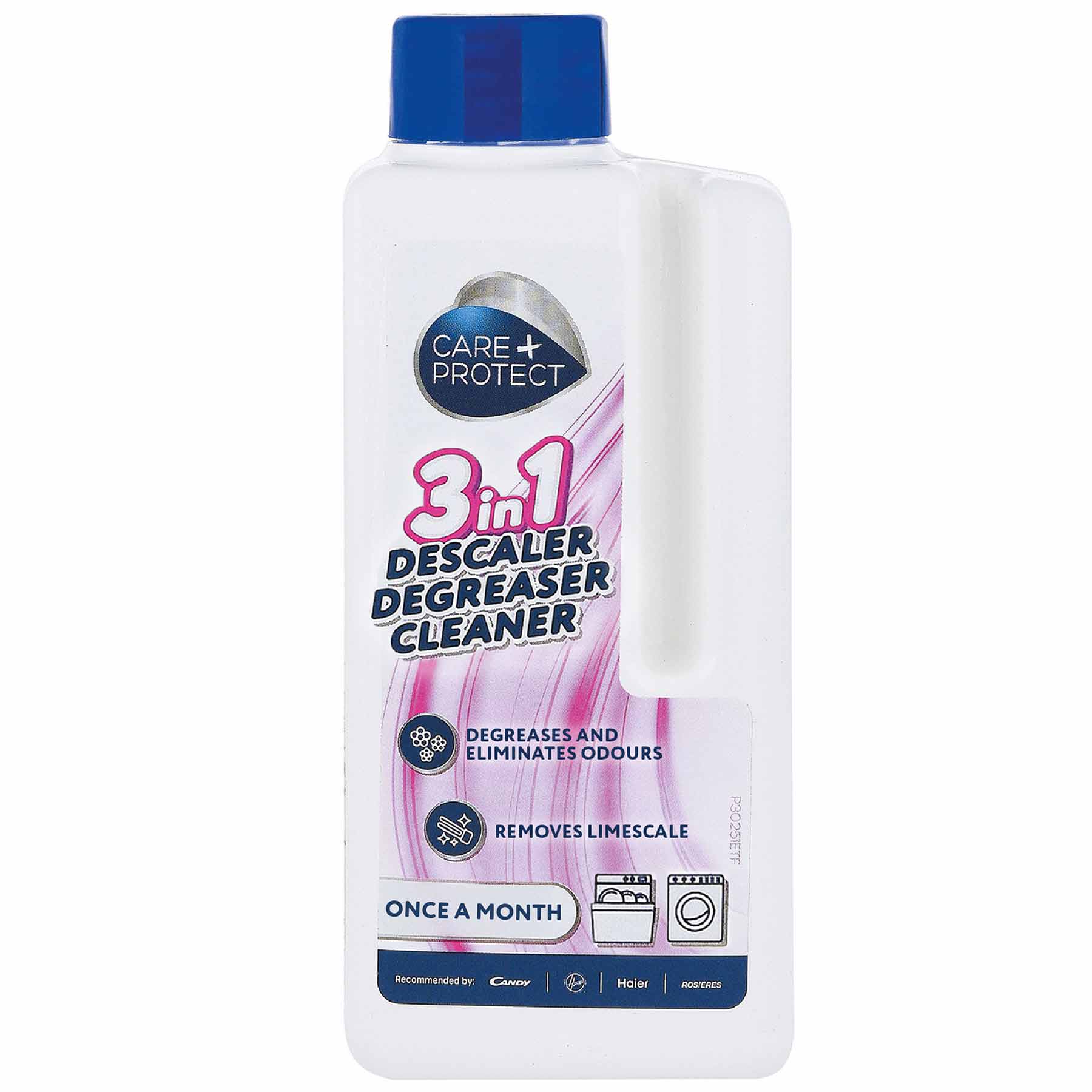
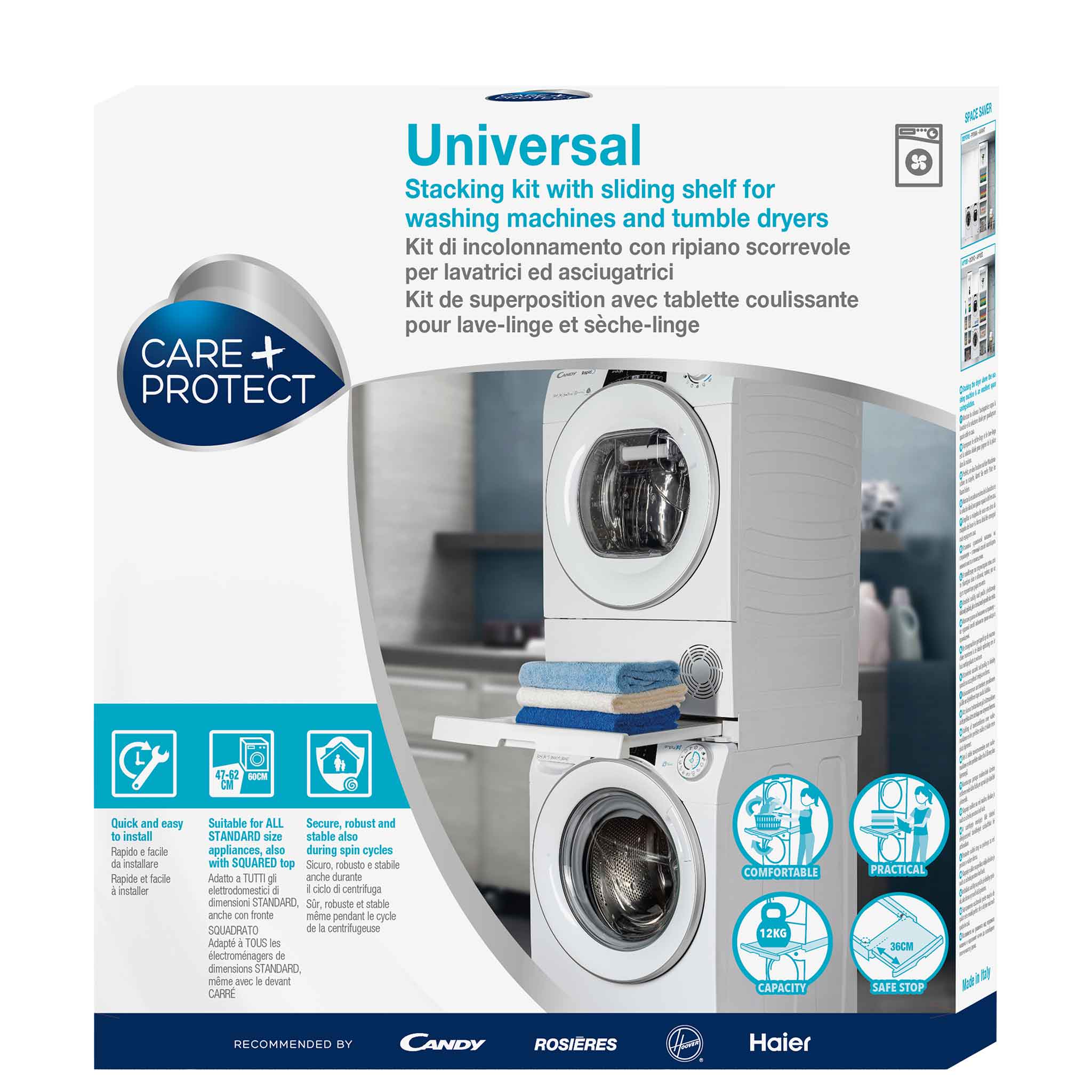
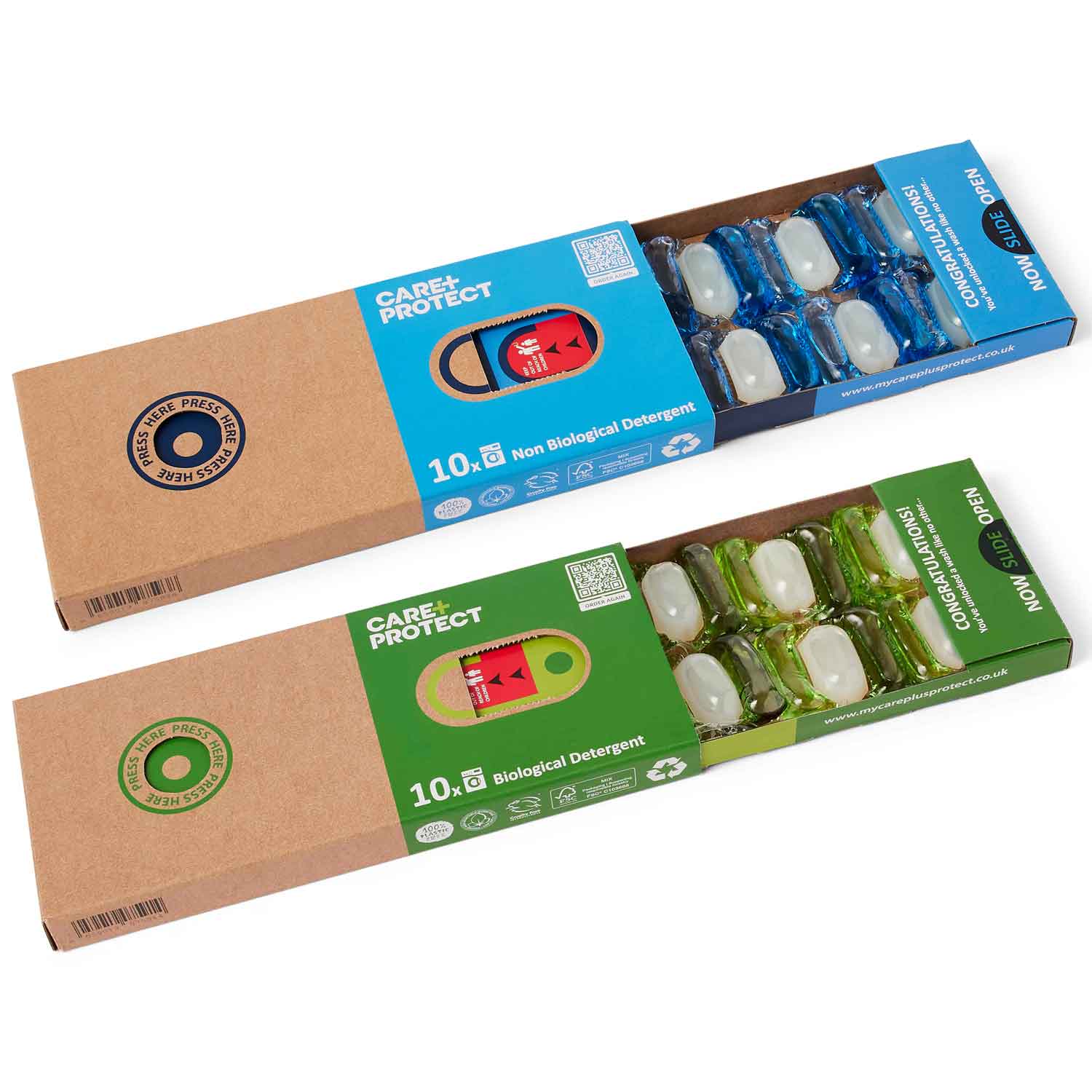
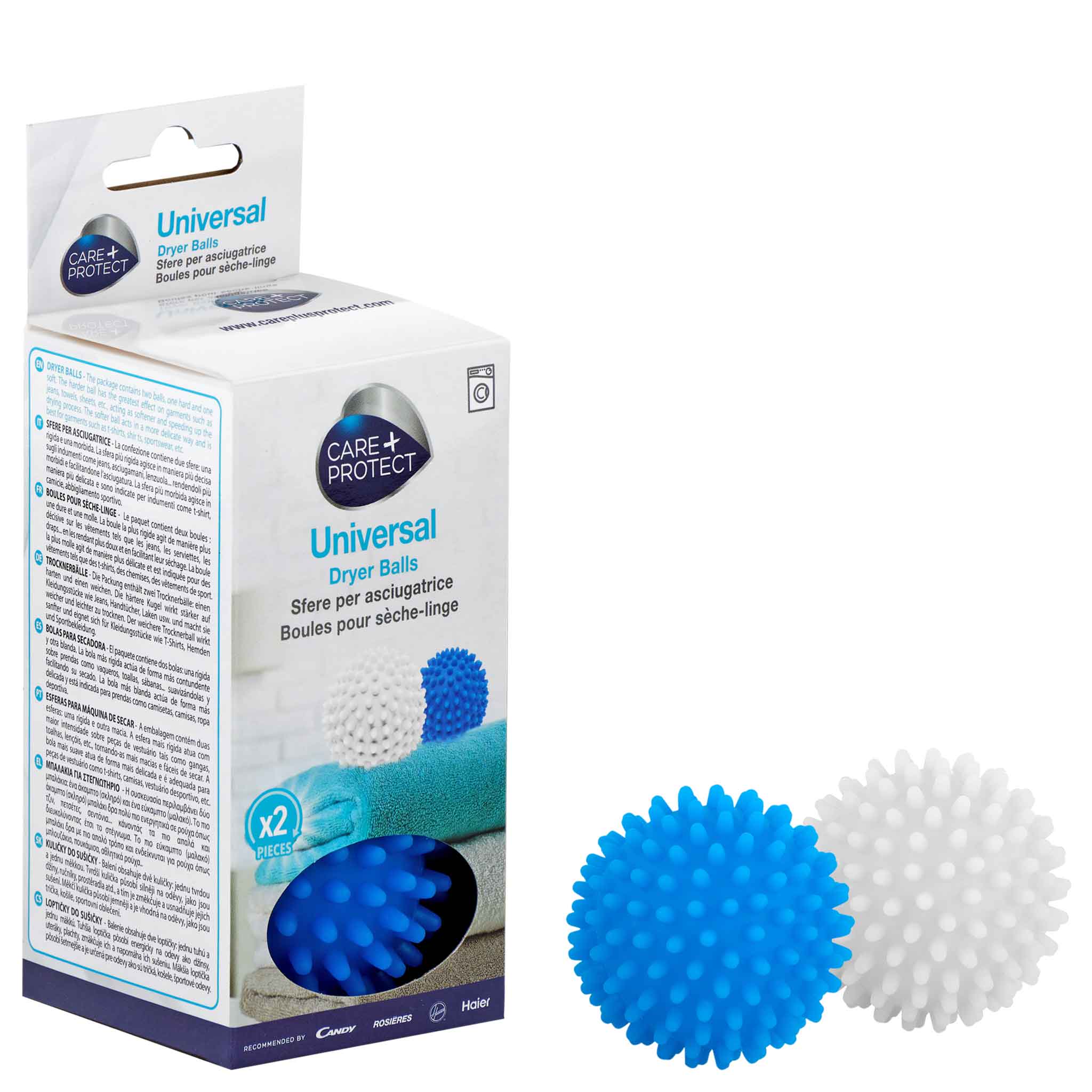
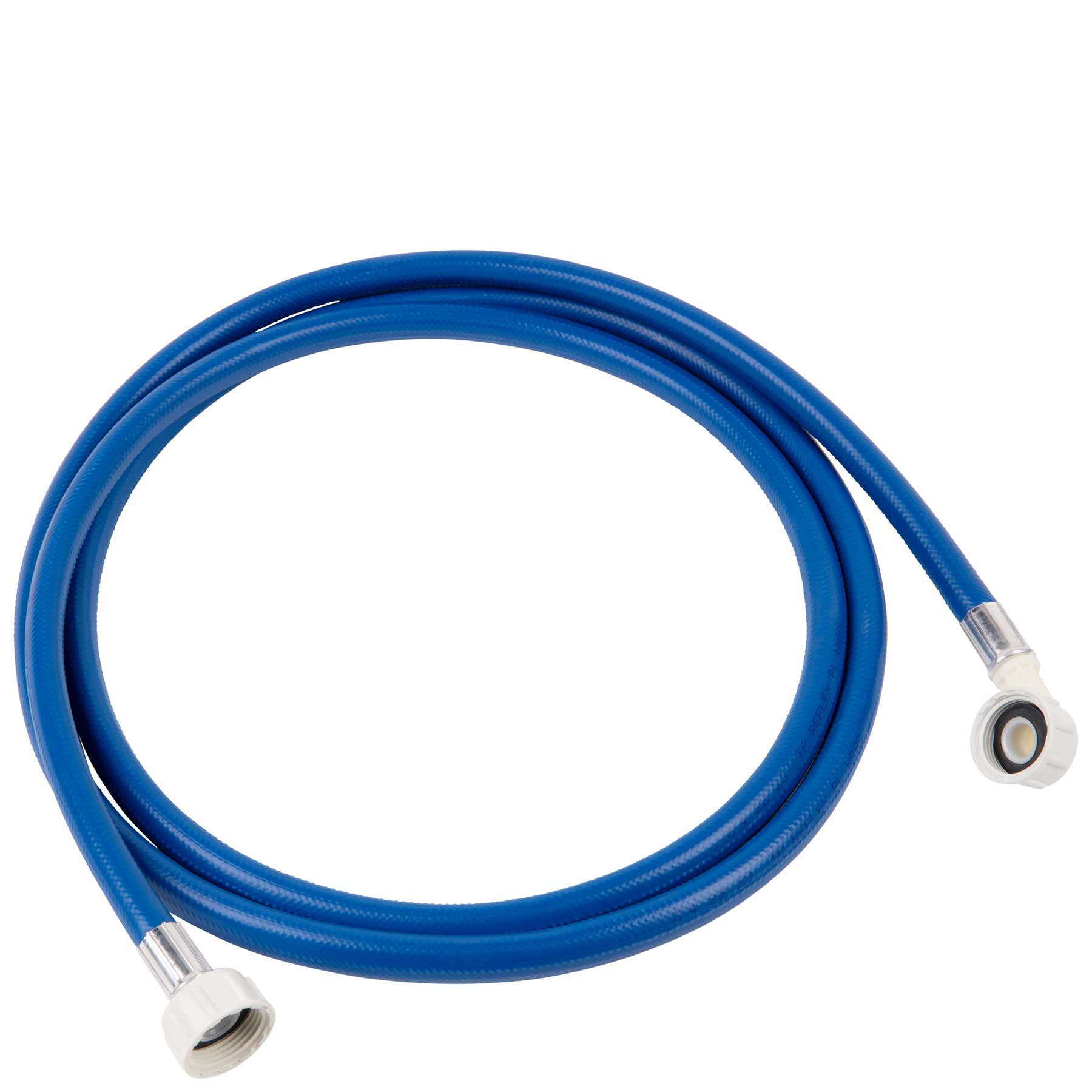
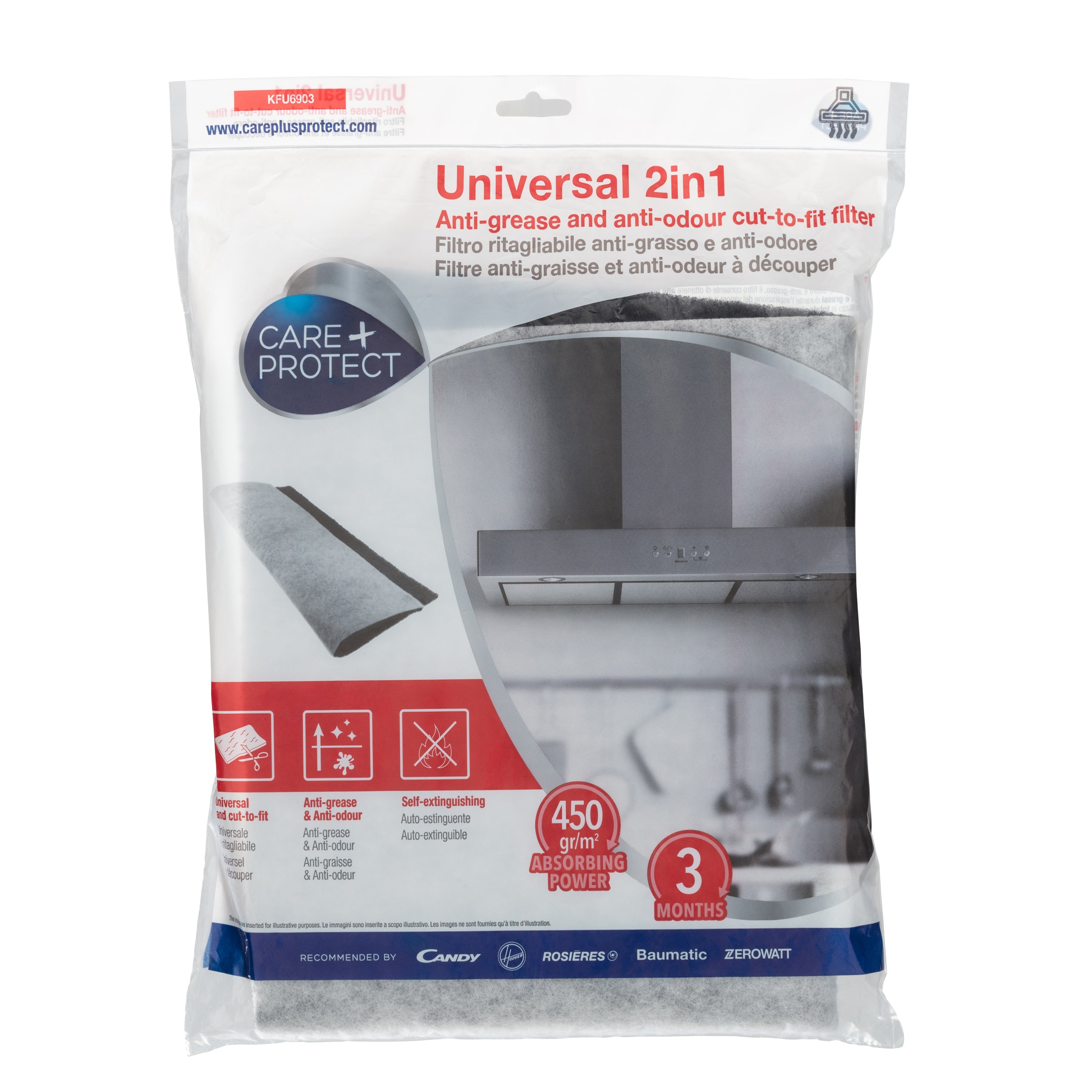

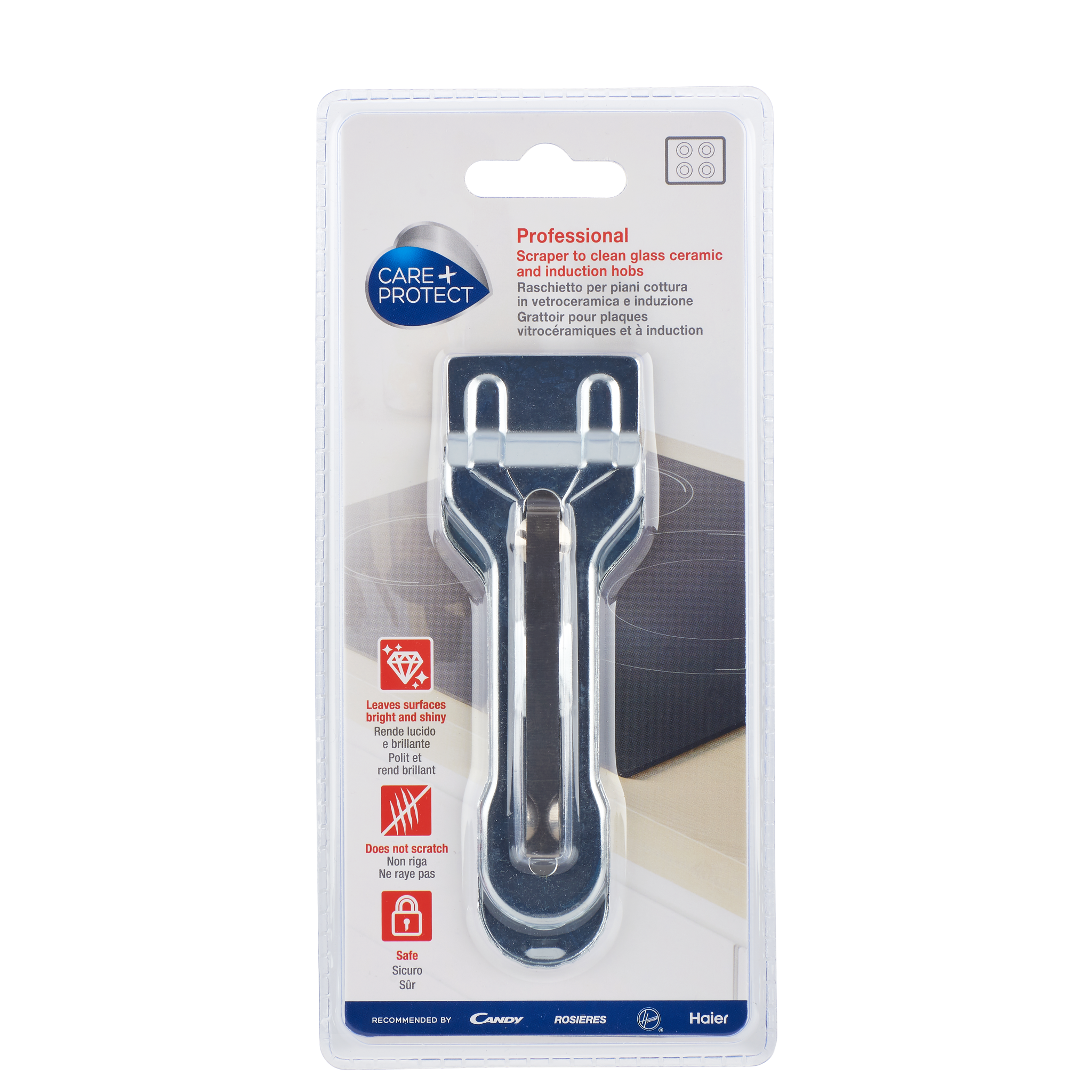
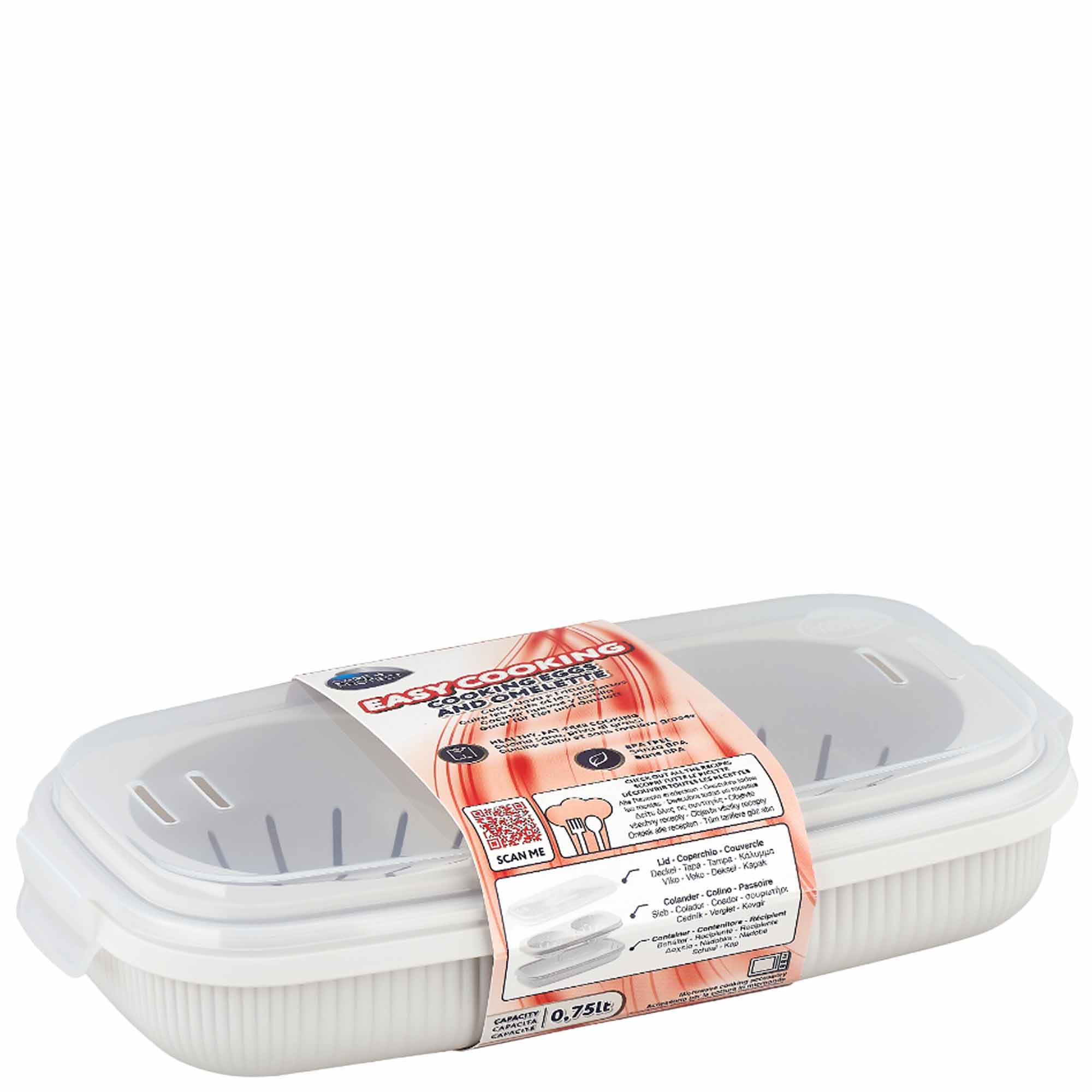

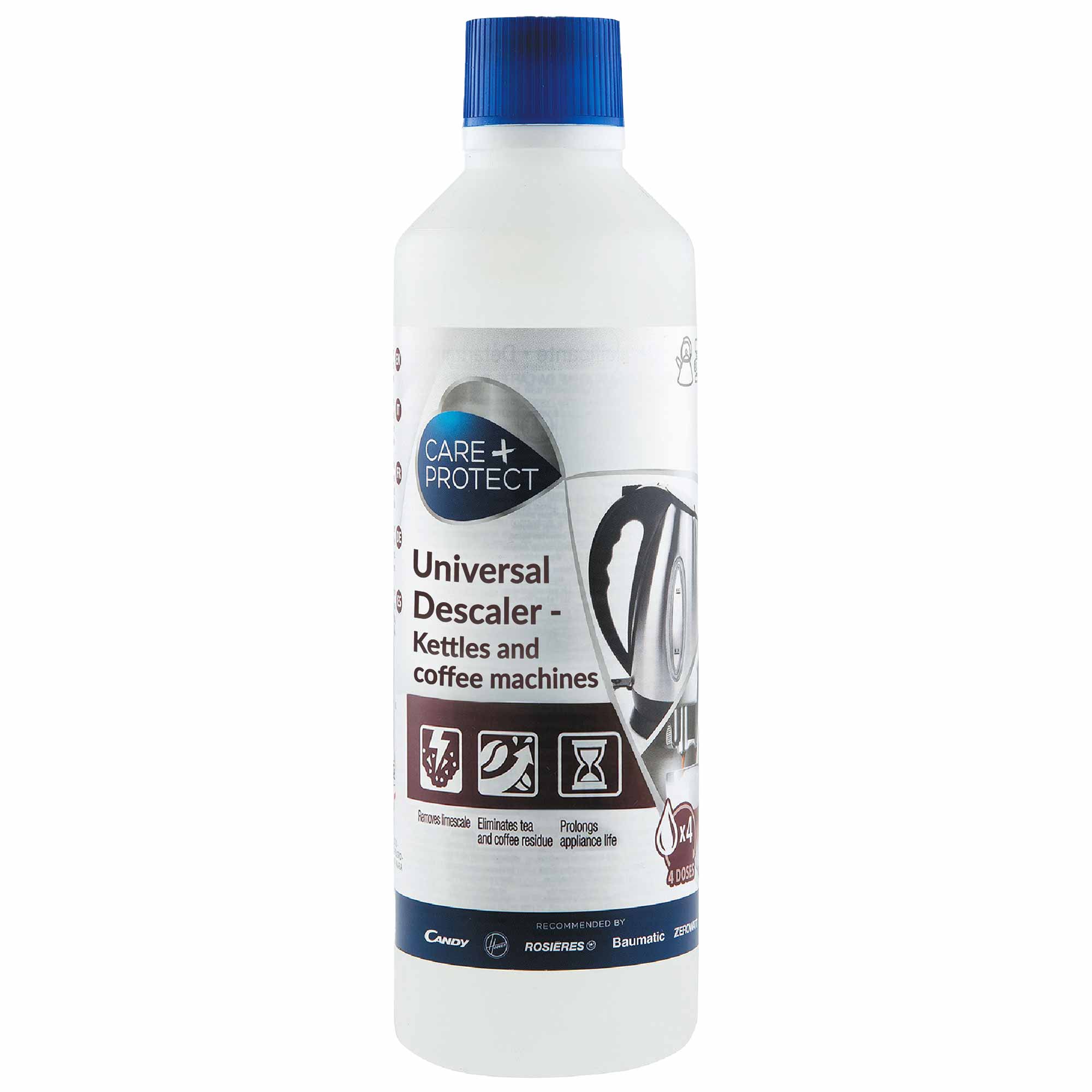
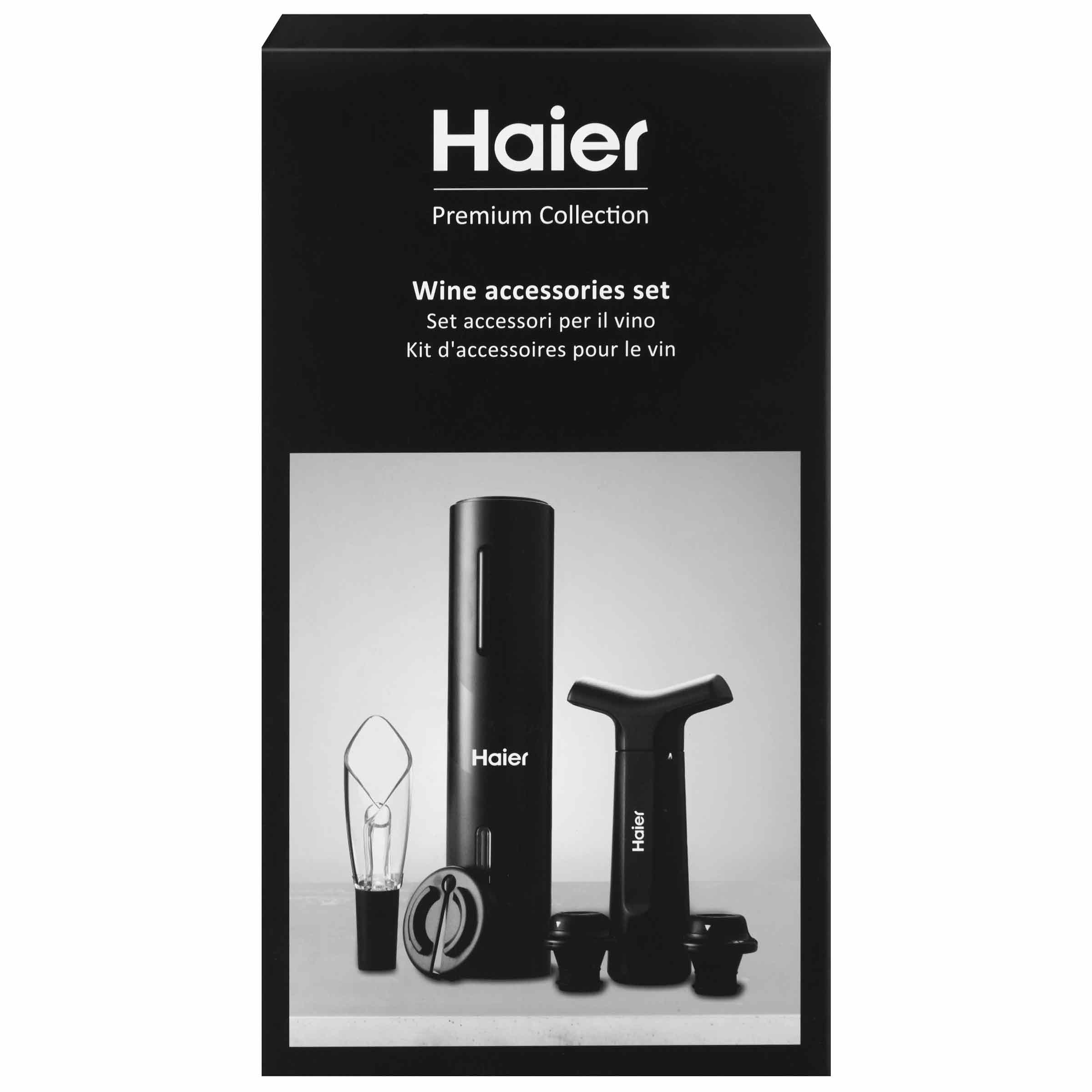
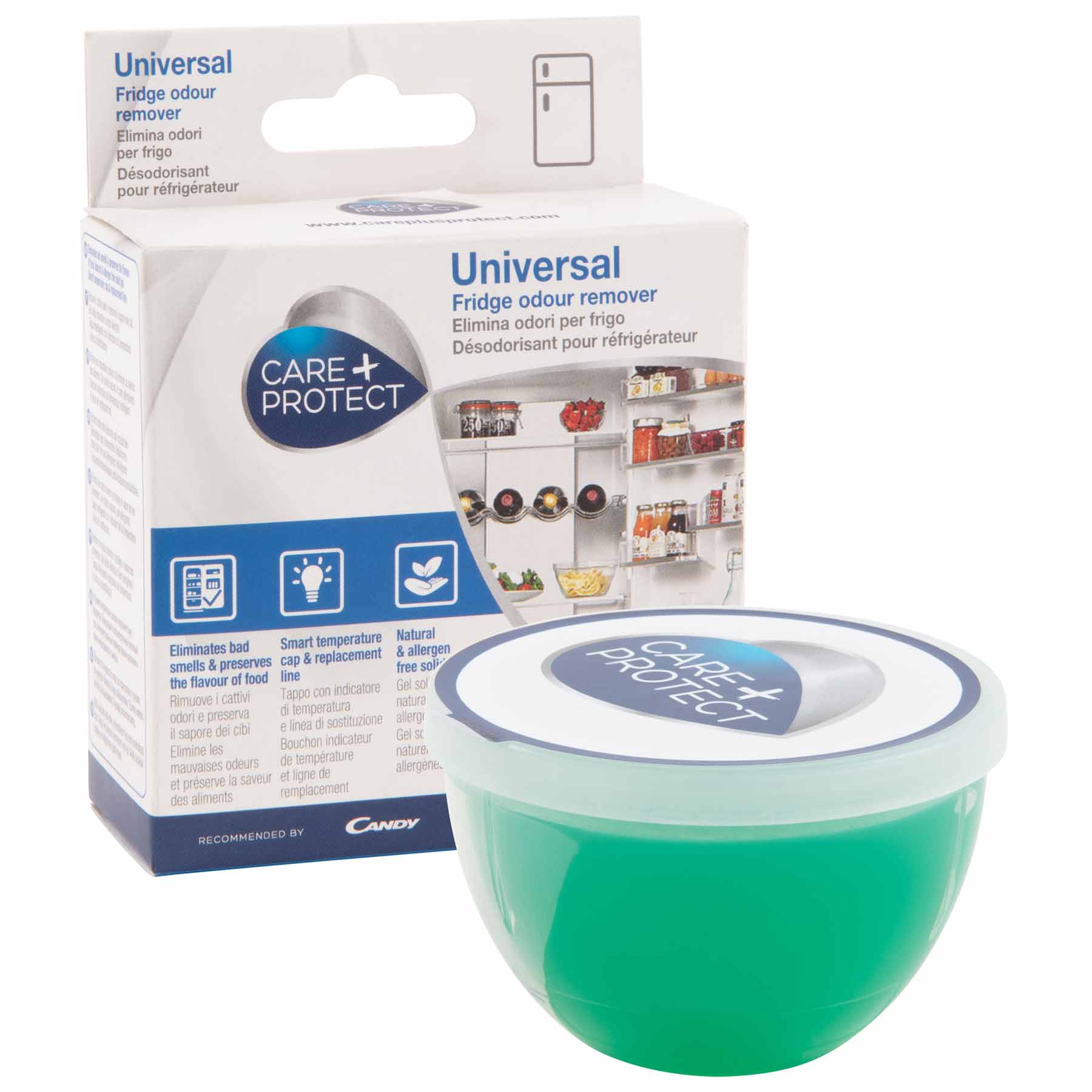
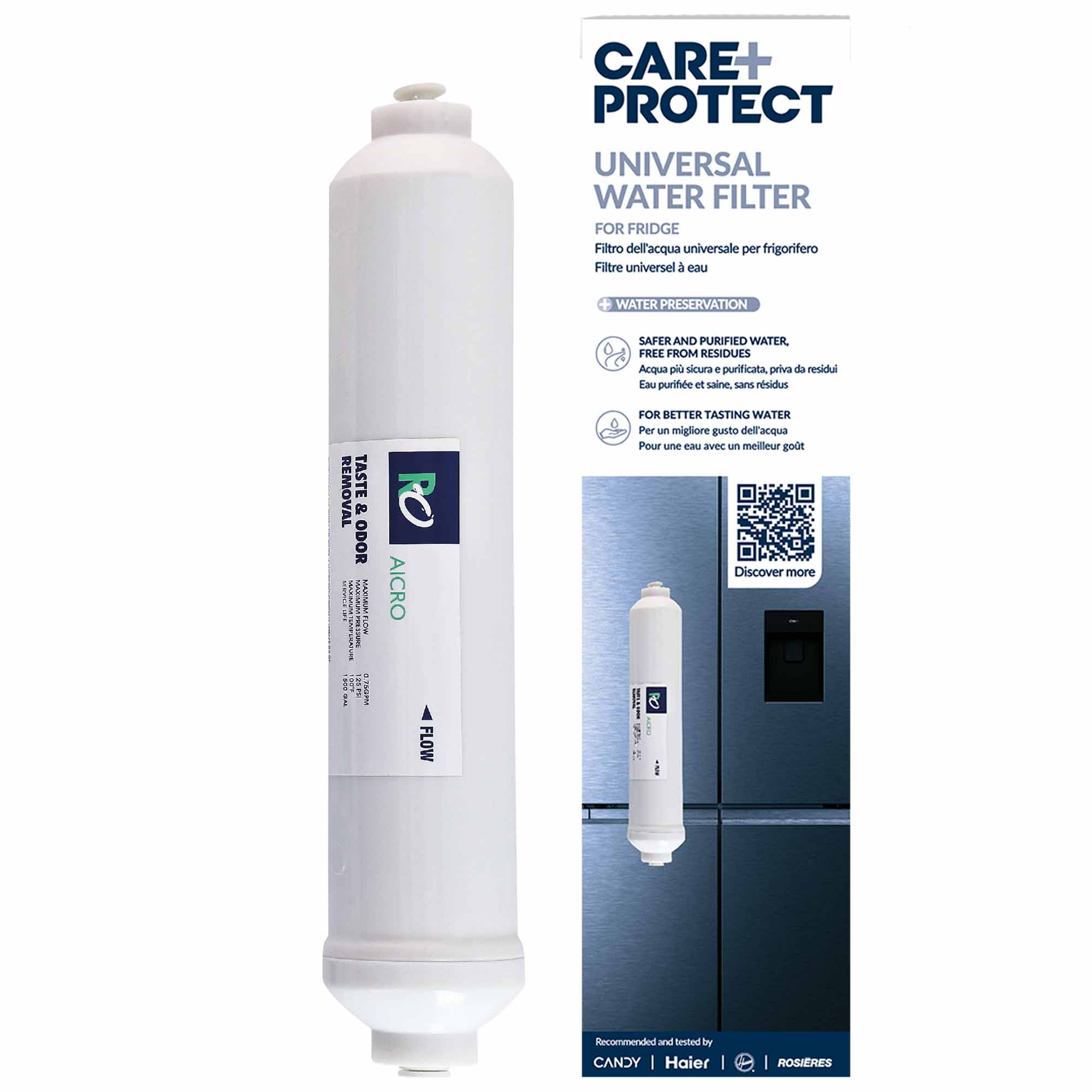
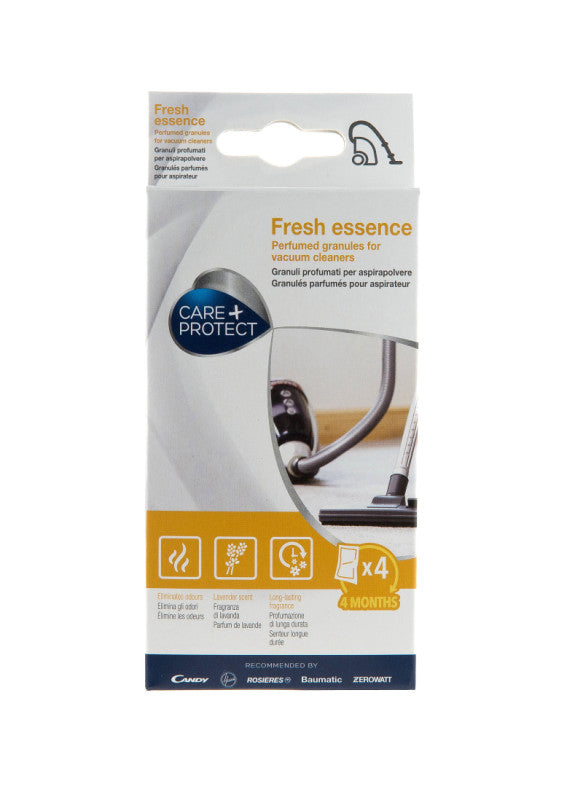


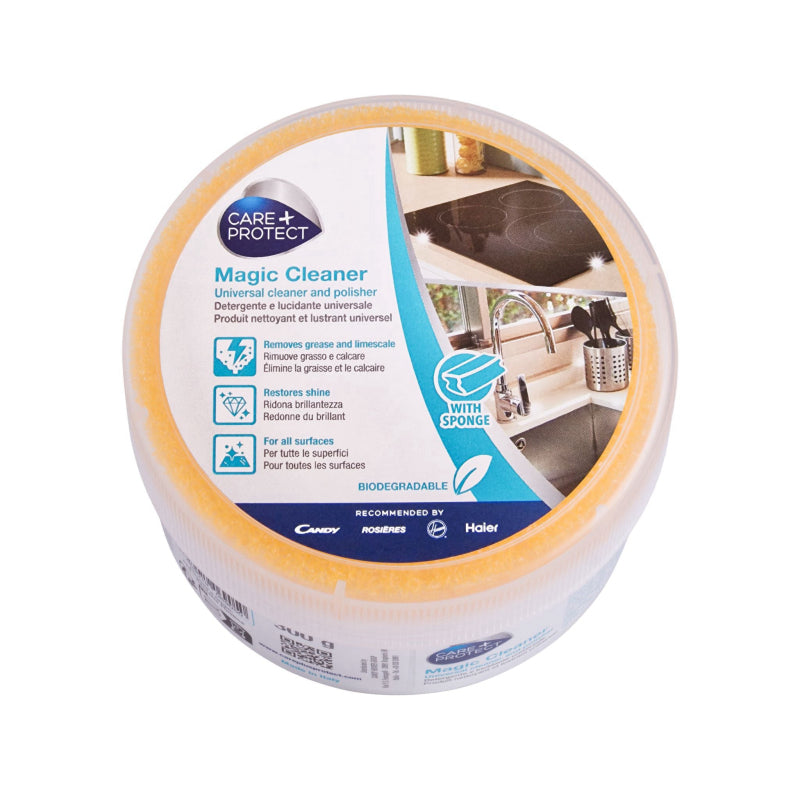
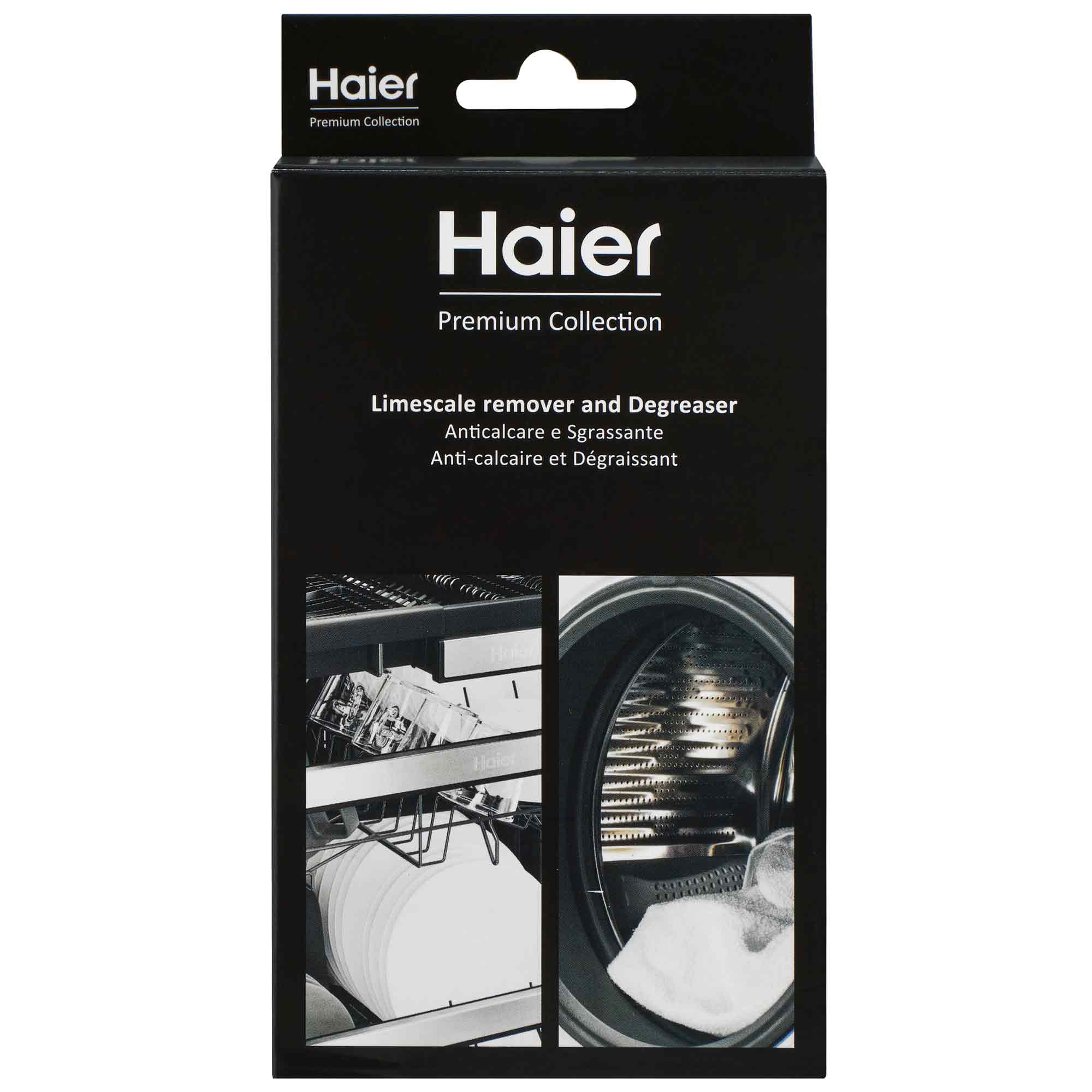
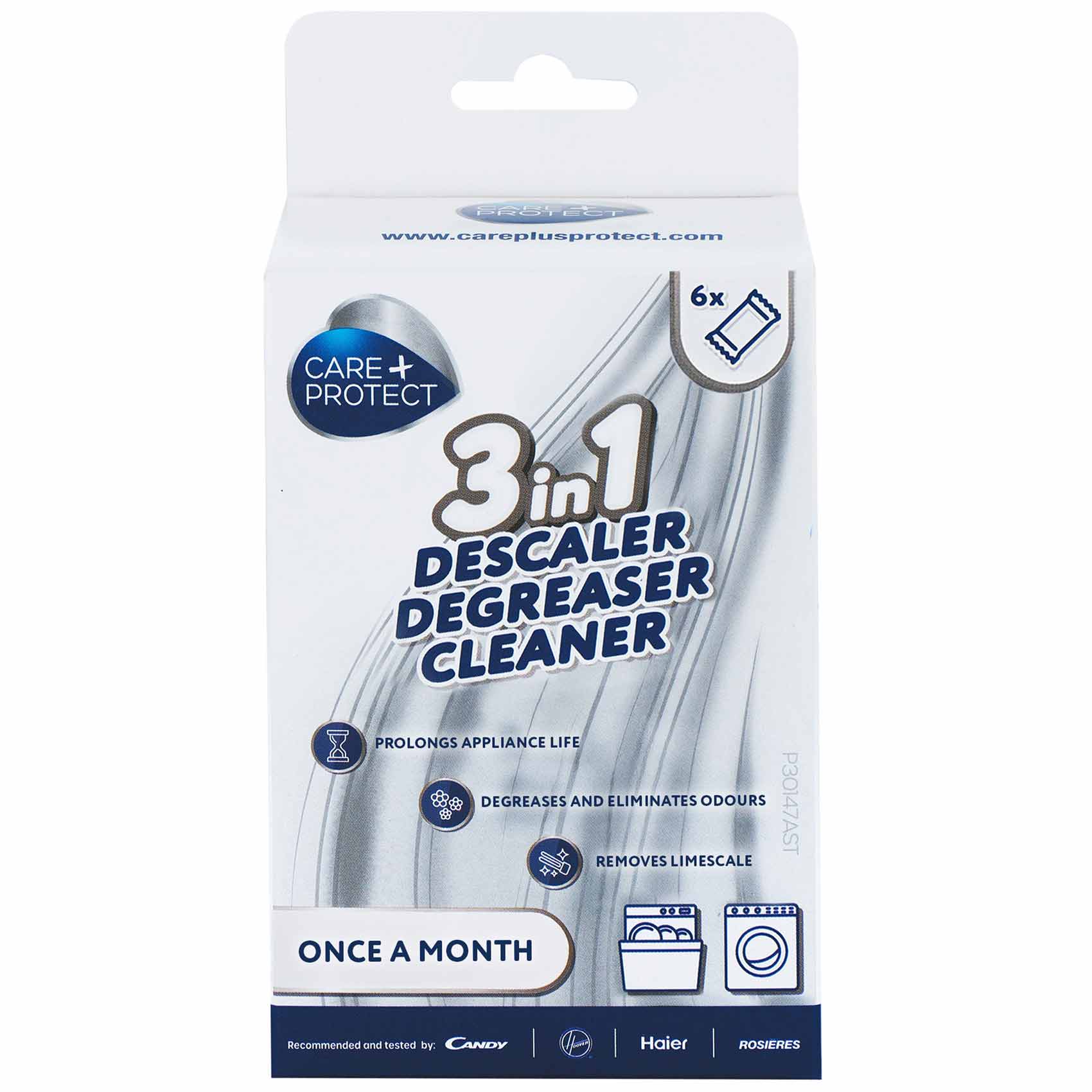



Leave a comment